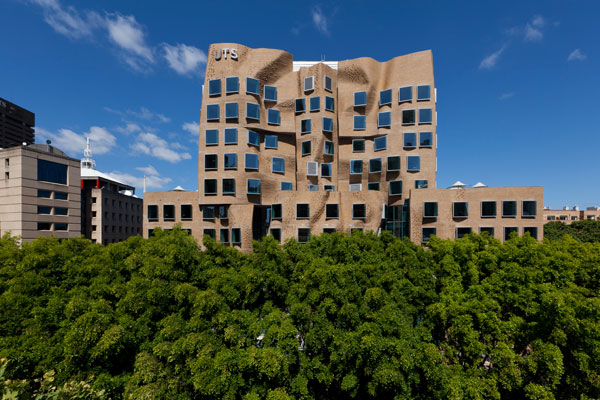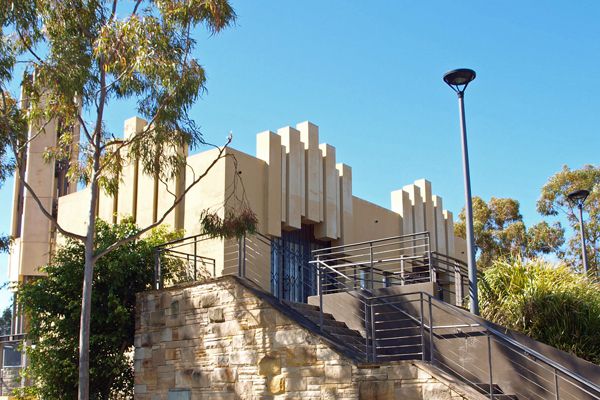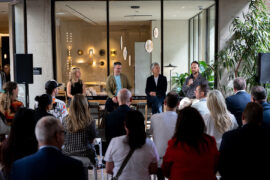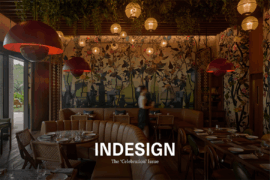Good residential design has long been seen as a subjective quality, rather than a quantifiable one. The University of Technology Sydney aims to challenge this belief with the establishment of the Building Genome Project that examines the data present in building modelling software.

October 28th, 2015
Ultimately aiming to receive insights so as to achieve further knowledge into architectural design performance and compliance to build better homes, the Building Genome Project is the brainchild of UTS’s Faculty of Design, Architecture and Building.
A team of four academics believes that today’s access to design and construction statistics and sophisticated modelling technology can help bridge the disconnect between the estimated $5.6 trillion value of the residential hosing sector with the serious lack of connection between property data and design and construction data.
Recent technological advances and research prompted the team to create an advanced comparative database, the Building Genome Project, capable of storing complex building and design data.
“Architects and developers have limited access to precedent design knowledge in a searchable format,” says team researcher, Dr Ben Coorey. “Similar design solutions are being applied over and over again without the ability to improve designs through benchmarking, big data and predictive analytics.”
Through the Building Genome Project, useful data has been revealed. Such as apartment attributes and configurations that contribute to the highest value of return, what type of apartment designs sold the fastest, and what appropriate apartment mixes work best, were not being factored into early stage design processes. This information could not be easily accessed in existing software programs.
The Building Genome Project also allows new housing designs to be checked automatically against various planning regulations to assess the compliance and quality of a design.
“The system is able to generate a user-friendly report, outlining areas of compliance and non-compliance to help builders make better informed decisions during all aspects of the building lifecycle,” says Associate Professor Julie Jupp from the UTS School of the Built Environment. “This research will improve design processes whilst also boosting the quality of residential design overall.”
University of Technology Sydney
uts.edu.au
INDESIGN is on instagram
Follow @indesignlive
A searchable and comprehensive guide for specifying leading products and their suppliers
Keep up to date with the latest and greatest from our industry BFF's!

The undeniable thread connecting Herman Miller and Knoll’s design legacies across the decades now finds its profound physical embodiment at MillerKnoll’s new Design Yard Archives.

A longstanding partnership turns a historic city into a hub for emerging talent

Welcomed to the Australian design scene in 2024, Kokuyo is set to redefine collaboration, bringing its unique blend of colour and function to individuals and corporations, designed to be used Any Way!

For Aidan Mawhinney, the secret ingredient to Living Edge’s success “comes down to people, product and place.” As the brand celebrates a significant 25-year milestone, it’s that commitment to authentic, sustainable design – and the people behind it all – that continues to anchor its legacy.

The City of Sydney has announced a new round of accommodation grants that will see five more properties made available to community groups at reduced rents.

Tecture has used humble and hardy breeze blocks and plywood to create a fresh, youthful interior with subtle references to Make Ventures’ brand identity.
The internet never sleeps! Here's the stuff you might have missed

The CBD and South Melbourne Precinct promises a day of design experiences that balance movement, wellbeing, innovation and hospitality.

The latest print magazine is about to arrive! With Guest Editor Colin Seah of Ministry of Design (MOD), Singapore flooding our world with love, we are ready to party in style!